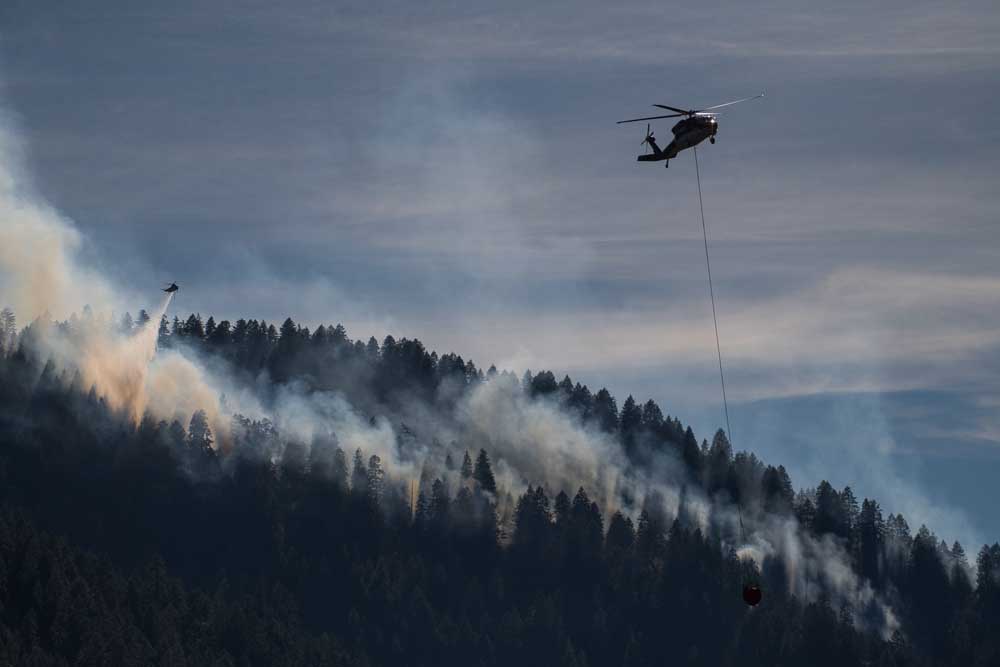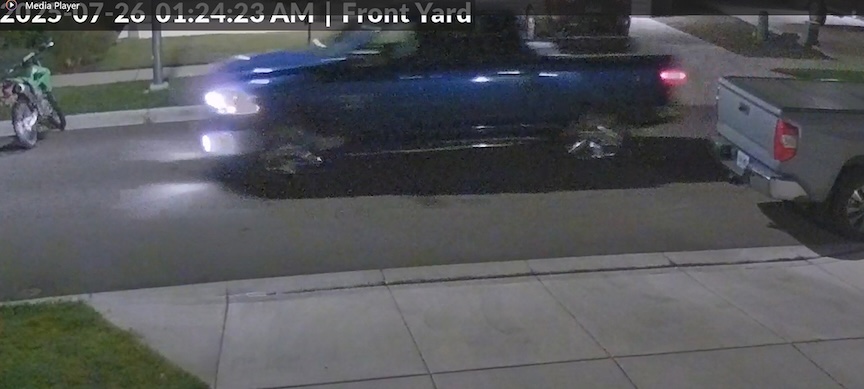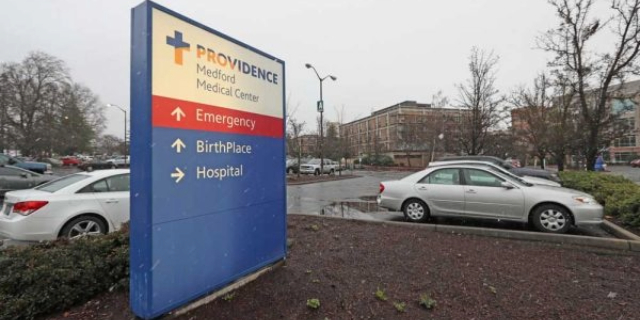Oregon Department of Forestry cancels wildfire insurance policy
Published 6:00 am Sunday, May 7, 2023

- Oregon Department of Forestry crews battle the Rum Creek Fire in July 2022.
The Oregon Department of Forestry has ended an insurance policy stretching back to 1973 after the deductible jumped to $78.5 million. For the moment, there is no search for a replacement policy.
Trending
“It’s likely understood, given that this was a one-of-a-kind policy in the entire world, that we may not ever be able to ever get it back. But you never say never until you ask,” said Brennan Garrelts, chair of Oregon’s Emergency Fire Cost Committee.
The policy with insurance giant Lloyd’s of London was taken out 40 years ago to help ease the cost of firefighting, but in recent years nondeductible expenses have risen along with the policy’s deductible, leading to years of paying for a premium and seeing no payout, he said.
The policy hasn’t paid fire expenses since fiscal year 2015, according to the Cost of Wildfire Funding Report of 2020.
Trending
“We could have a fire season that costs $120 million, but FEMA (Federal Emergency Management Agency) might pay for some of that, the BLM might pay for some of that. All of a sudden, you’re buying down to a $62 million net fire season that landowners and the general fund have to pay out,” Garrelts said.
“If people are paying attention to what firefighting costs, everybody likes the gross number because it’s big and it’s really sexy. The net number is different,” he said.
Expenses reimbursed through FEMA and other agencies are considered nondeductible expenses by the policy, he explained. As wildfires increasingly blacken urban-wildland interface areas, other agencies are stepping in to help pick up the tab, making it increasingly challenging to hit a deductible soaring into the millions. That made it difficult to justify paying the annual $4 million policy premium, especially for the Oregon Fire Land Protection Fund.
The Oregon Emergency Fire Cost Committee oversees the fund. One of the oldest sources of funding for the ODF is sourced from harvest taxes and fees landowners are required to pay toward fire suppression.
“The history of the OFLPF dates back to 1910, when fires were very rural, when the local landowners were isolated, everything was horse and buggy a long way away. The OFLPF was a way for landowners to protect themselves by all paying into it; it acts as its own insurance policy,” Garrelts said.
The bulk of ODF’s wildfire protection is focused on private land. Out of the 16.4 million acres under the department’s protection, 12 million are privately owned, according to the report.
Private owners can range from large timber operations to homes in the forest or grazing land as small as 2 acres. As fires become larger and more costly, the fund has become a strain for landowners, Garrelts said. Especially for those on smaller parcels.
“We have been spending more than we have been generating, due to fire costs,” he said of the fund.
ODF’s funding structure for large fires relies on the fund for millions, he said. Any fire requiring more than a day to put out and consuming more than 5 or so acres can be considered a large fire.
Up to $20 million, large fires are paid for 50 cents on the dollar by the fund and Oregon’s state general fund. After the $20 million threshold, the general fund takes over and pays up to the point where the insurance policy was supposed to kick in.
But the insurance deductible has been continually rising — it rose to $50 million in the 2021-22 fiscal year, he said. The number of nondeductible expenses has been rising with it as other agencies chip in on fires.
This year, the committee and State Forester Cal Mukumoto decided it was time and announced they would not renew the policy.
“Considering we (the OFLPF) were going to be paying half of the premium — $2 million — that was part of the very business-like calculation. We’re getting insurance for something that doesn’t actually help our fund. It doesn’t help landowners, and it doesn’t help the general fund,” Garrelts said.
How firefighting funding may change in the future is an open question, he said, adding that some legislators want landowners to pay more, which he said has been a “nonstarter.” There have been tentative conversations about moving fire funding responsibility into urban and suburban territory, following the direction of recent fires. But this has been met with a cool reception.
“A tear it down to the studs and build it back better, out of recognition of the impacts of wildfire today, is sorely needed,” Garrelts said of ODF’s funding structure.








